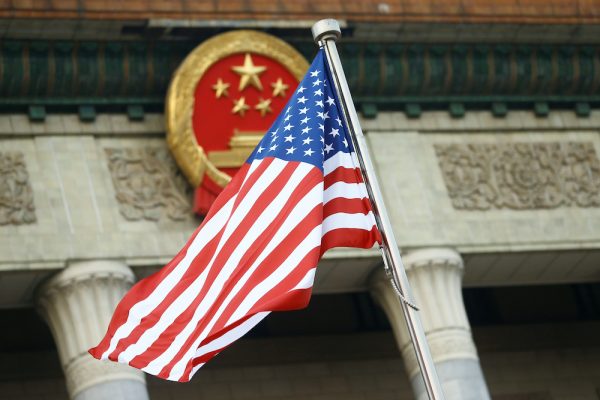The first major shot was economic. In March 2018 US President Donald Trump’s administration placed tariffs on US$50 billion worth of Chinese goods. In May 2020, the White House issued a report titled the United States Strategic Approach to The People’s Republic of China which directly faults the Chinese Communist Party (CCP) for not becoming a ‘constructive and responsible global stakeholder’. It chides China for exploiting the ‘free and open rules-based order’ and trying to ‘reshape the international system in its favour’. The United States also accuses China of deceiving the world regarding the spread of COVID-19 and manipulating the World Health Organization.
From the US perspective, China is not suitable to lead the world. But it is difficult to find a compelling reason why the world should continue following the United States instead. Rather, US strategic behaviour seems reactionary and absent a compelling plan for geostrategic leadership. The long-term US vision for a better future is unclear.
The Belt Road Initiative (BRI) embodies China’s global vision. Although imperfect, the CCP pushes a marketable narrative. In its 2015 Action Plan, China’s government — harkening back to the ancient Silk Road — seeks to build a ‘brighter future together’ and foster ‘win-win cooperation’ for ‘mutual benefit’. Critics may argue that this is deceptive propaganda but they should also consider why so many countries support the BRI despite US warnings. About 120 countries have signed BRI memorandum agreements with an estimated total value of 1 trillion RMB (US$143 billion) in related contracts. With each memorandum, China’s soft power grows, and reinvigorates its strategic narrative.
Alternatively, the US articulates a global vision of a ‘free and open’, ‘rules-based’ and ‘reciprocal’ international system. The United States Strategic Approach to The People’s Republic of China also posits four priorities in US strategy: first, to ‘protect the American People, homeland, and way of life’, second, to ‘promote American prosperity’, third, to ‘preserve peace through strength’ and fourth, to ‘advance American influence’. These aims promote US interests, indeed, but they are seemingly hollow rallying cries when it comes to allies and potential partners.
Richard Wike of the Pew Research Center warns of growing ‘anti-Americanism’ due to its retreating global leadership. In fact, global favourability toward both the US and China are falling. To advance in this great power competition, the United States must reimagine its role as a global leader and communicate a genuine vision across all political fronts. In the meantime, China will assert itself and attempt to fill strategic voids amid any US global retreat.
Ideological and organisational efforts may help reinvigorate US global leadership.
First, the United States needs to kickstart its global strategy with a unifying vision. An update to the NSS should expand beyond — but not wholly abandon — the idea of a great power competition. But it must be supplemented by an ideal that appeals to allies and partners. The realist game of ‘reciprocity’ with China is adequate for now, but the United States needs a value proposition that shines light on a brighter global future across multiple fronts — political, economic, health, and security, to name a few. Ultimately, global leadership is not a right but a privilege that must be earned and constantly re-earned as political climates change and power balances shift.
Second, from an organisational perspective, the US government should re-establish something akin to the former US Information Agency. During the Cold War it served as the public face of US political warfare and supported artists, media outlets, political parties, unions and businesses to advance US soft power globally. Now more than ever the United States needs a centralised organisation to synchronise its messaging and global appeal. Even the 2017 NSS states that ‘US efforts to counter the exploitation of information by rivals have been tepid and fragmented’.
Overall, political leaders need to reassert a US vision beyond an ill-defined bilateral competition. Today’s competitive angle is overly negative — as it is heavily geared towards keeping China down and out, rather than propelling the United States ahead. Although the notion of great power competition helps turn Washington’s immense strategic wheel, it should not be the end of the line for US grand strategy or its political imagination.
Major Adam Yang serves in the Commandant of the Marine Corps Strategist Program and is a Barrow Fellow at Marine Corps University. He is also a PhD student at the School of International Service at American University.
The views expressed in this article are the author’s own and do not necessarily reflect any official US government views or policy.

